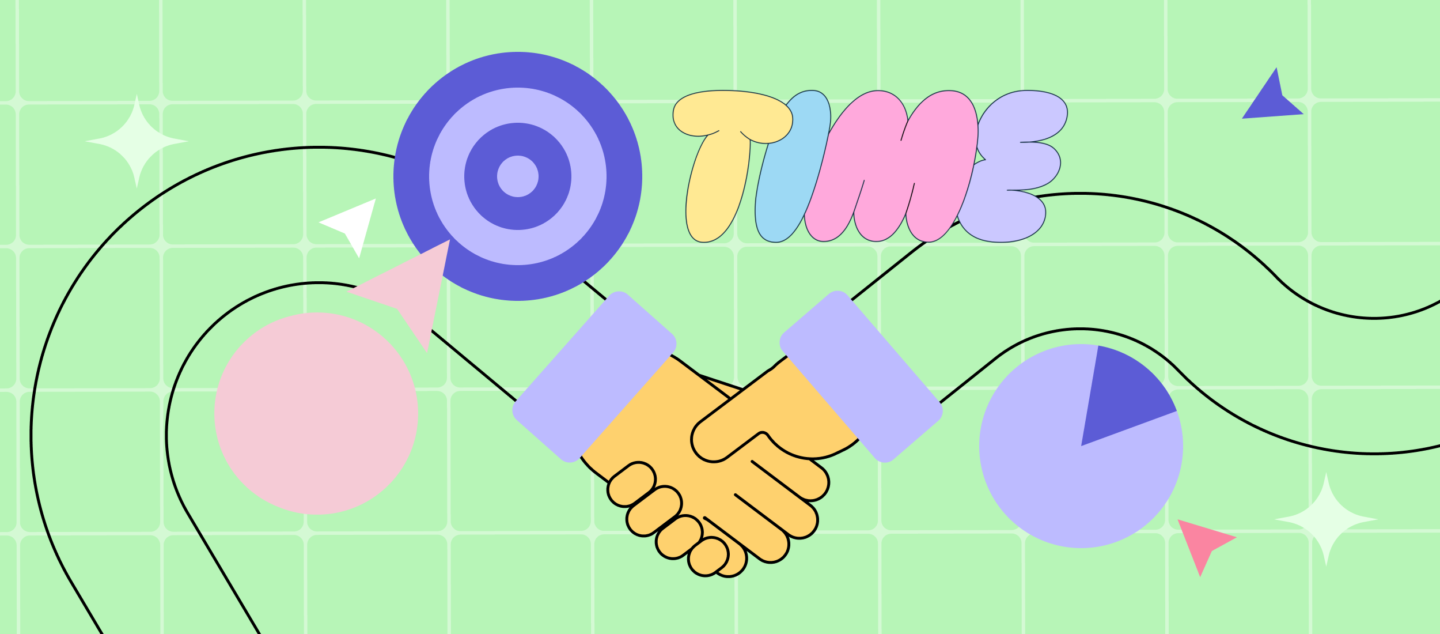Top Strategies for Effective Customer Engagement

Let’s get one thing straight: “engagement” is one of the most abused buzzwords out there. Everybody wants it, few know what it actually means, and fewer still know how to make it happen. If you’re serious about creating real, effective customer engagement, we need to talk about what actually works—and what customers truly want.
For those of you juggling KPIs, budgets, and team meetings, here’s the harsh truth: customer engagement isn’t just one more box to check. It’s the entire game. And if you get it wrong, no fancy marketing campaign will save you.
So let’s break down a few strategies that’ll actually move the needle.
1. Stop Spamming. Start Having Real Conversations.
Raise your hand if you’ve ever felt personally attacked by an endless stream of push notifications and chatbots that jump at you the moment you open an app. Yeah, customers feel that, too. If your “engagement strategy” is all about popping up every time a customer breathes, here’s a wake-up call: they’re tired of it.
Instead of hitting users with generic messages, focus on starting meaningful, behavior-triggered conversations when they actually need help or are on the verge of abandoning your app. Think smart, not pushy. When done right, this approach makes customers feel like there’s a real human there who gets their issues—not just a robot trying to hit a quota.
Real Talk: Timing is everything. Random pop-ups don’t make people feel special—they just make them feel annoyed.
2. Create Stories, Not Ads
Here’s the thing: nobody gets excited about yet another sales pitch. But give them a story? Now you’re talking. Instead of using cold, hard notifications to announce every tiny update, consider building interactive stories around what matters most to your users.
With InAppStory, for example, you can transform product updates, tutorials, or feature announcements into stories that feel natural to scroll through. Think “choose your own adventure” rather than “read this now or die.” When customers feel involved rather than targeted, they’re more likely to care.
Why It Works: People don’t mind learning about your product if it feels like an experience, not a chore. Engagement follows naturally.
3. Get Over the Basics of Personalization
Alright, “personalization.” This term has been beaten to death. Saying “Hi [Name]” doesn’t mean you’ve nailed it. Real personalization digs way deeper. It means understanding who your users are, what they’re interested in, and predicting what they might actually want—not in some creepy, stalker way, but in a way that makes them feel understood.
4. Gamify, but Don’t Overdo It
Gamification is tricky territory. When done well, it gives people a reason to engage by making their experience rewarding. But a lot of companies get this wrong. Nobody wants to jump through endless hoops to get value out of an app. The point isn’t to create a maze; it’s to make engagement feel rewarding without being a chore.
With InAppStory, you can create interactive challenges or reward sequences that feel like fun—not another grind. This works especially well for onboarding new users or educating customers about new features. The trick is to make it feel like a bonus, not a requirement.
Key Point: People enjoy progress, not being manipulated. Design experiences that respect their time and intelligence.
5. Give Customers the Power to Self-Serve
Sometimes, the best engagement is no engagement at all. A lot of customers would rather just figure things out on their own without talking to a rep. That’s where a good self-service setup comes in. We’re talking FAQs, visual guides, and in-app resources that users can access on their own terms.
Dashly lets you set up self-service chatbots that guide users straight to the info they need. This way, users can get their answers without feeling like they have to jump through hoops.
The Takeaway: Empower customers to help themselves. They’ll appreciate the freedom, and you’ll free up your team to handle the more complex issues.
6. Celebrate Their Wins, Not Just Yours
Customer loyalty isn’t just a result of clever marketing—it’s about relationships. When users hit milestones, like their first year with your app, or achieve something meaningful, celebrate with them. And we don’t mean a generic “Congrats!” email. Show them you care with a meaningful, personal touch.
You can use InAppStory to create a little celebration story when users reach certain milestones. Or use Dashly to send a message that’s specific to their achievements and time spent with your product. It doesn’t need to be big. It just needs to be genuine.
Why This Matters: People want to feel seen and appreciated. Make them feel like they’re more than a number, and they’ll stick with you.
7. Build a Community, Even If It’s Virtual
When customers feel like part of a community, they’re way more likely to stay engaged. But here’s the kicker: you don’t need a huge forum or flashy social presence to build that community feel. Sometimes, it’s as simple as creating space for users to share their experiences, offer tips, and connect with each other.
The Point: Customers who feel they’re part of something bigger are more likely to stick around.
8. Test. Measure. Refine. Repeat.
Customer engagement isn’t something you set and forget. It’s not a quick fix. You have to constantly adapt based on what’s working and what isn’t. A/B test everything, measure engagement metrics religiously, and refine your strategy based on the data.
Real Talk: There’s no “set it and forget it” here. The best strategies adapt continuously.
Final Thoughts: Be a Brand People Actually Want to Engage With
It’s simple: customers are tired of being treated like targets. They’re done with gimmicks, tired of constant noise, and totally over “engagement” for the sake of engagement. If you want to create real customer engagement, stop treating your customers like data points and start creating experiences they actually want to be a part of.
With Dashly and InAppStory, you’ve got the tools to make that happen. Just remember: no amount of automation, notifications, or pushy messages can replace the impact of a genuine, meaningful customer experience. So take the time to do it right, and give your customers a reason to stay—not because they have to, but because they want to.
More articles
- Comparative analysis of top 6 Chili Piper alternatives
- 7 best Patreon alternatives for creators 2025
- How to create an online course that enhance your customer experience
- Top productivity hacks and tools for marketing teams
- Valuable Hints to the Beneficial Customer Feedback Analysis
- Starting an Affiliate Marketing Store — Quick Guide
- Top 5 Best Zapier Alternatives in 2024
- Unlocking growth in app marketing: Monetization guide for app owners








![10-step Guide on How to Create a Chatbot for your Website [Build without code]](https://www.dashly.io/blog/wp-content/uploads/2022/06/How-to-create-a-chatbot-to-automate-conversations-with-your-website-visitors-720x317.png)